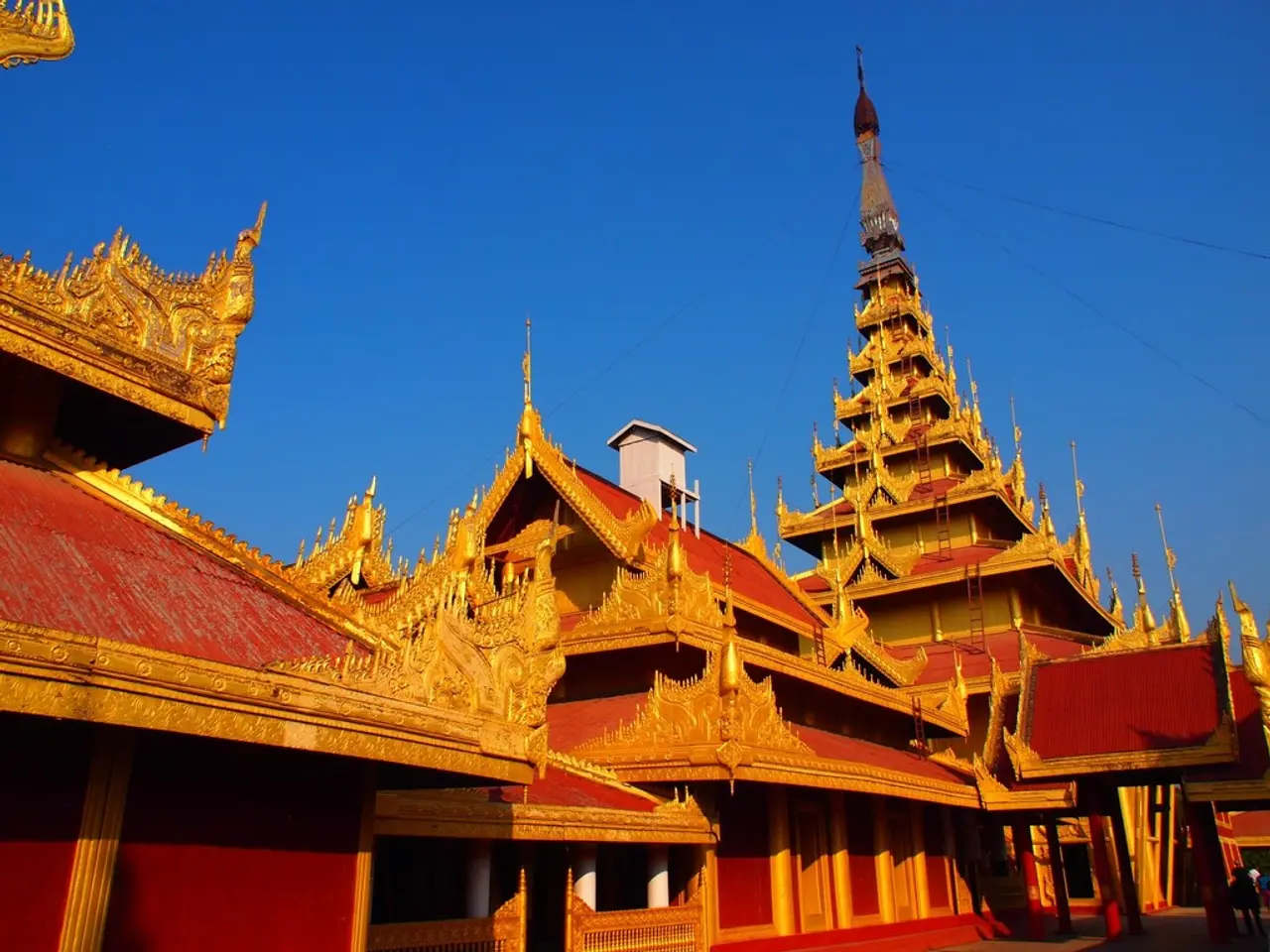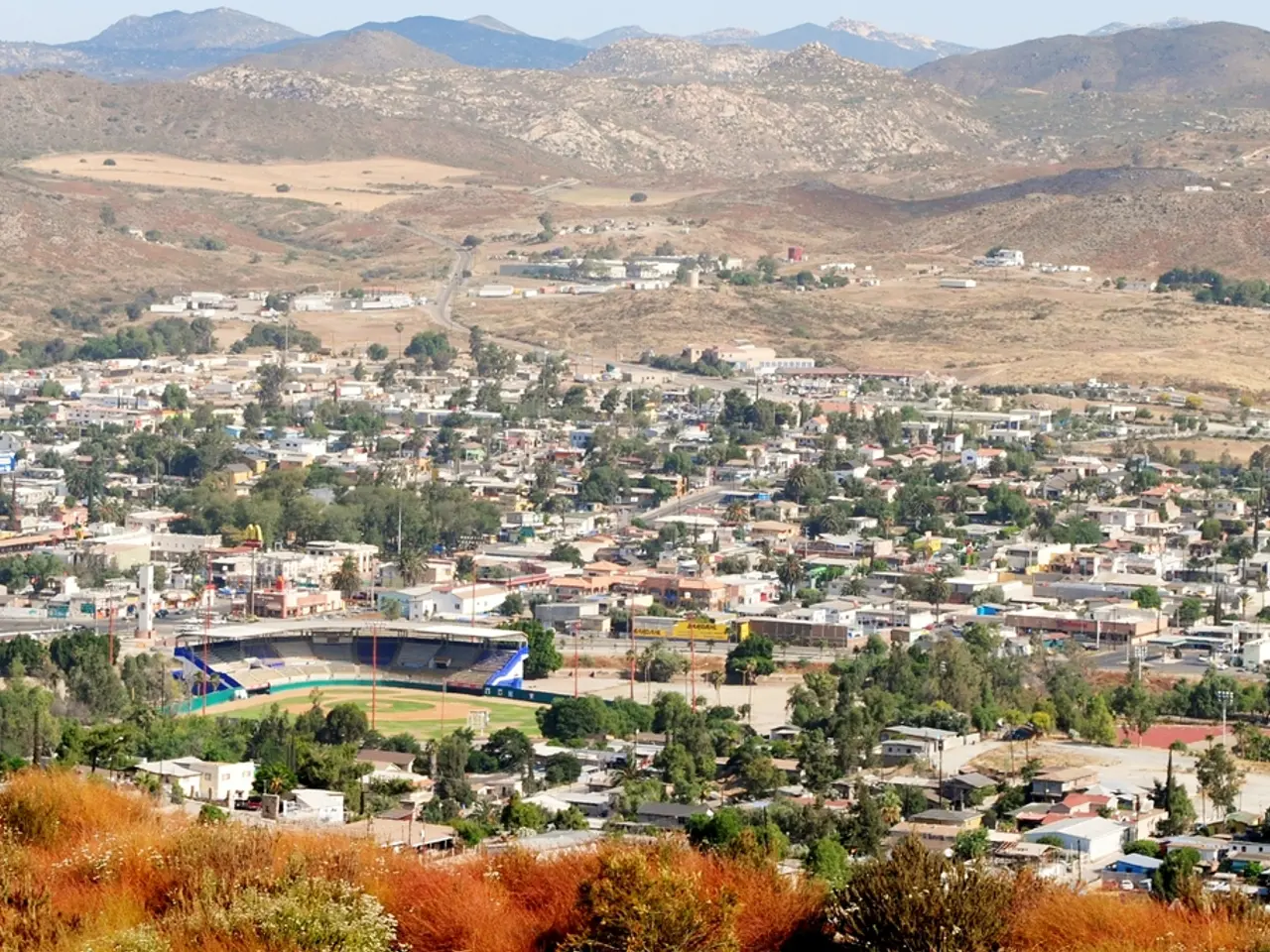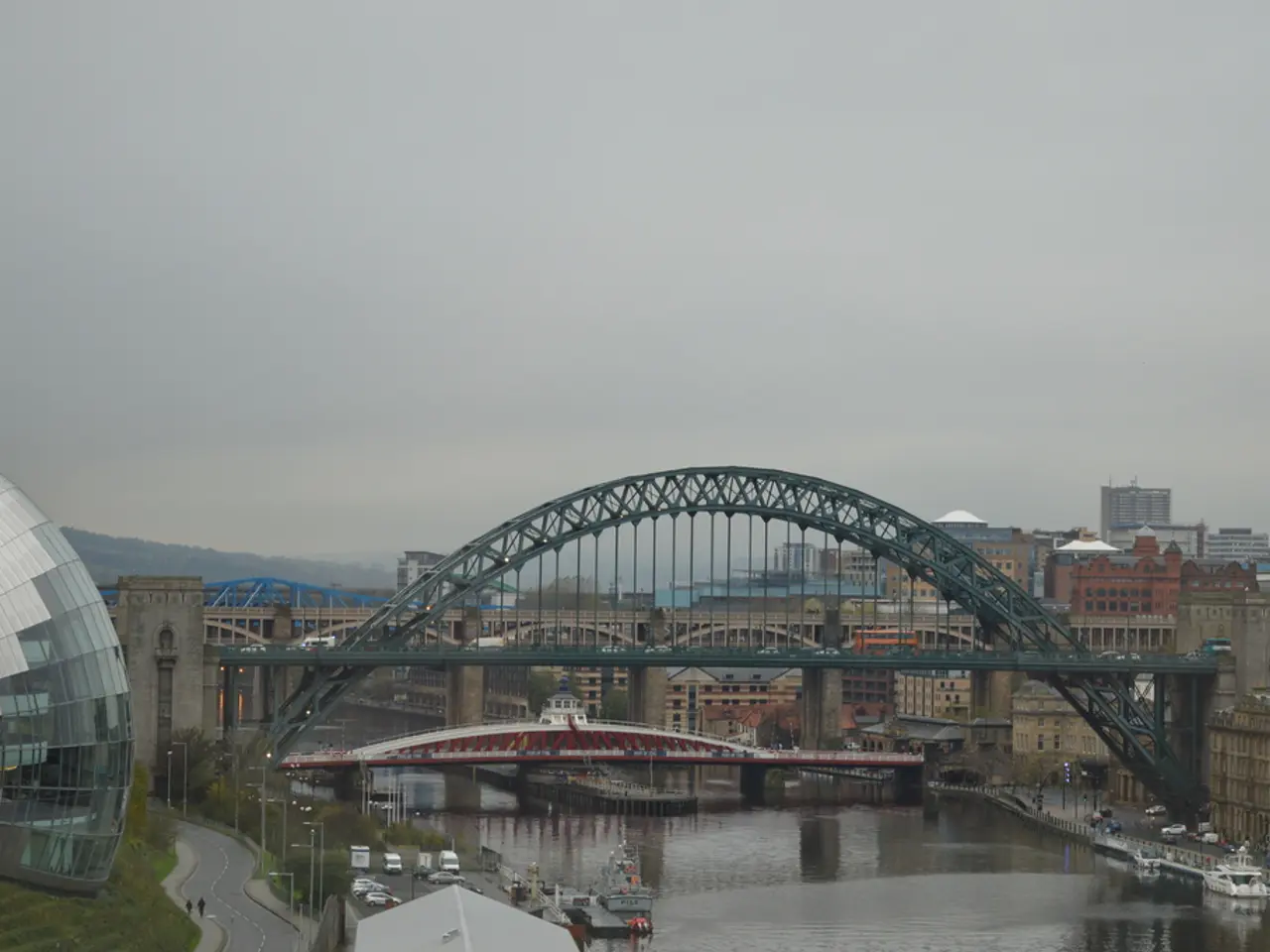Demolished House Unconnected to Satyajit Ray; Denial Confirmed in Bangladesh
In a recent statement, the Bangladesh Ministry of Foreign Affairs has refuted claims made by Indian media and the Indian government that a house being demolished in Mymensingh, Bangladesh, is the ancestral home of the renowned Bengali filmmaker Satyajit Ray [1].
The Mymensingh district authorities conducted a thorough review of land records and found no association whatsoever between the house and the Ray family [2]. It was established that the building was constructed by a local landowner named Shashikant Acharya Chowdhury, not by Upendrakishore Ray Chowdhury, Satyajit Ray's grandfather [2].
The structure, which was reportedly built adjacent to the owner's main bungalow, "Shashi Lodge," was intended for use by employees, further distancing any connection to the Ray family [2].
The confusion seems to have arisen due to a misidentification in Indian media and diplomatic circles, which the Bangladeshi authorities have now clarified with documentary evidence.
Key Points from the Bangladesh Government's Statements:
- **Archival Investigation:** A detailed review of land records found no association with the Ray family whatsoever [2]. - **Official Denial:** The Ministry of Foreign Affairs explicitly denied any historical or familial link between the building and Satyajit Ray’s family [3]. - **Purpose of the Building:** The structure was built for use by employees, not as a family residence [2].
Context and Confusion:
The controversy began when Indian media and the Ministry of External Affairs mistakenly identified the building as Satyajit Ray’s ancestral home, calling for its preservation as a cultural landmark [1]. However, the Bangladesh government’s investigation found no evidence supporting this claim, and the demolition—initially halted amid the dispute—was clarified as unrelated to Ray or his family [3].
Summary Table:
| Claimed by Indian Media/Government | Bangladesh Government Response | Evidence Cited by Bangladesh | |-------------------------------------------|---------------------------------------------|--------------------------------------| | House is Satyajit Ray’s ancestral home | No historical or family connection to Ray | Land records, archival investigation | | Built by Upendrakishor Ray Chowdhury | Built by Shashikant Acharya Chowdhury | Local landowner, not Ray family | | Cultural landmark of shared heritage | Building for employees, not family residence| Adjacent to “Shashi Lodge” bungalow |
Conclusion:
According to the Bangladesh government, the house in Mymensingh has no documented or historical link to Satyajit Ray or his family, and any suggestion otherwise is not supported by their official records [2][3]. The government urges all quarters to refrain from spreading misleading or factually inaccurate narratives that could create confusion and disrupt harmony. The land the building is on is a non-agricultural government (Khas) land and was leased to the Shishu Academy on a long-term basis. Upon the abolition of the zamindari system, the building came under the control of the government, and later, the government allocated the building to the Bangladesh 'Shishu Academy'.
The ongoing speculations about the house in Mymensingh being linked to renowned Bengali filmmaker Satyajit Ray have been debunked by the Bangladesh government, indicating that politics and general news should carefully verify information before reporting. The government's investigation revealed no historical or family connection between the building and the Ray family, confirming that it was constructed for employees, not as a family residence.





